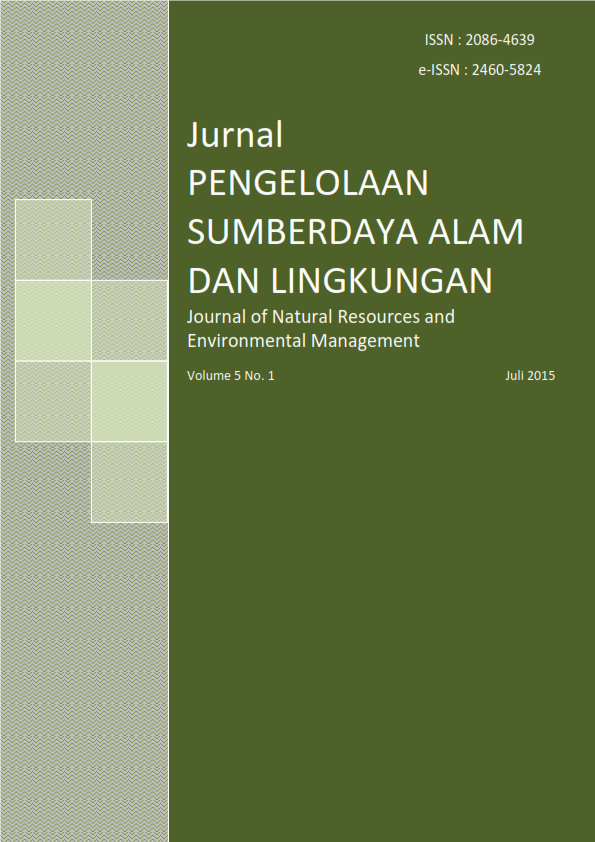PERENCANAAN PENGEMBANGAN KAWASAN JAGUNG SEBAGAI BAHAN BAKU INDUSTRI PAKAN DI KABUPATEN CIAMIS
Abstract
Poultry development sector in Ciamis has effected an increasing in maize production as a raw material for feed. In period 2008-2012, the production of maize in Ciamis Region is 45.883 tons, meanwhile, the demand is 17.000 tons, consequently the Ciamis District supposed to be able to fulfill the demand; however, but currently the feed industry in Ciamis are still importing the maize. Cluster development might be one of solution for this problem. The aims of this research are: (1) Analyzing land availability for maize development in Ciamis District, (2) Analyzing maize cluster type can be developed in Ciamis District, 3) Analyzing strategies in development of maize cluster. The results showed that land availability for maize development in Ciamis Regency is 28.176 ha. There are three maize cluster types that can be developed in Ciamis as follows: pertumbuhan cluster (15.671 ha), pengembangan cluster (12.217 ha) and pemantapan cluster (288 ha). Considering the region development strategy, the priority in pertumbuhan cluster type is an optimization of natural resources (land factor), in development type is human resources development with focused to the education and training of field staff, and in the pemantapan type is an institution empowerment with focused on the partnerships.
Keywords: maize, cluster, development
Authors
Authors who publish with this journal agree to the following terms:
- Authors retain copyright and grant the journal right of first publication with the work simultaneously licensed under a Creative Commons Attribution License that allows others to share the work with an acknowledgement of the work's authorship and initial publication in this journal.
- Authors are able to enter into separate, additional contractual arrangements for the non-exclusive distribution of the journal's published version of the work (e.g., post it to an institutional repository or publish it in a book), with an acknowledgement of its initial publication in this journal.
- Authors are permitted and encouraged to post their work online (e.g., in institutional repositories or on their website) prior to and during the submission process, as it can lead to productive exchanges, as well as earlier and greater citation of published work (See The Effect of Open Access).






